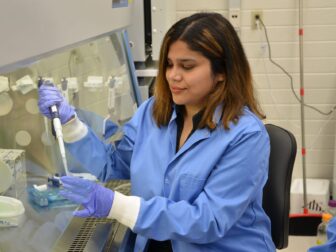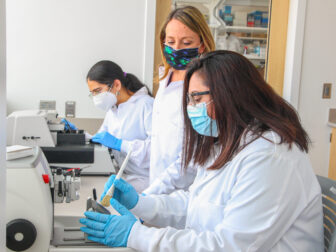Chandrabali Bhattacharya, PhD, MSc

Designing a Novel Platform to Improve CAR T Cell Therapy
Summary
Chimeric antigen receptor (CAR) T-cell therapy uses a patient’s own immune cells, called T cells, to fight cancer. This approach works very well against treatment-resistant acute lymphoblastic leukemia, a type of blood cancer that is common in children. However, CAR T cell therapy is expensive ($500k) and involves extracting the patient’s T cells, modifying them in a lab so they can detect and kill the cancer, and then reinjecting them into the patient. Moreover, T cells are notoriously difficult to modify, making the process inefficient and resulting in unwanted side effects. In my lab, we aim to develop a platform for in vivo CAR T cell therapy, in which the modification of the T cells happens inside the body. Messenger RNA (mRNA) is a molecule that can be designed to reprogram the T cells to attack the cancer tumor. We will load the mRNA into specially designed lipid nanoparticles, tiny particles made of fats that can be used to deliver drugs in the body. Carbohydrates are involved in many critical biological processes including immune response, and we plan to fine tune our lipid nanoparticles using carbohydrates to ensure their delivery to the targeted T cells. If successful, this technology could have a tremendous impact on the field of immunotherapy by facilitating the development mRNA therapies for hard-to-reach immune cells.
Watch a Q&A with Chandra
I am absolutely thrilled to have been awarded the Faculty Starter Grant in Drug Delivery. This grant will be instrumental in enabling my lab to develop a lipid nanoparticle platform that can selectively carry CAR mRNA to T cells. This technology could potentially lead to an in vivo CAR system that would eliminate the need for adoptive cell transfer with just a single injection. I am extremely grateful for this opportunity and excited to see where this research will take us.


